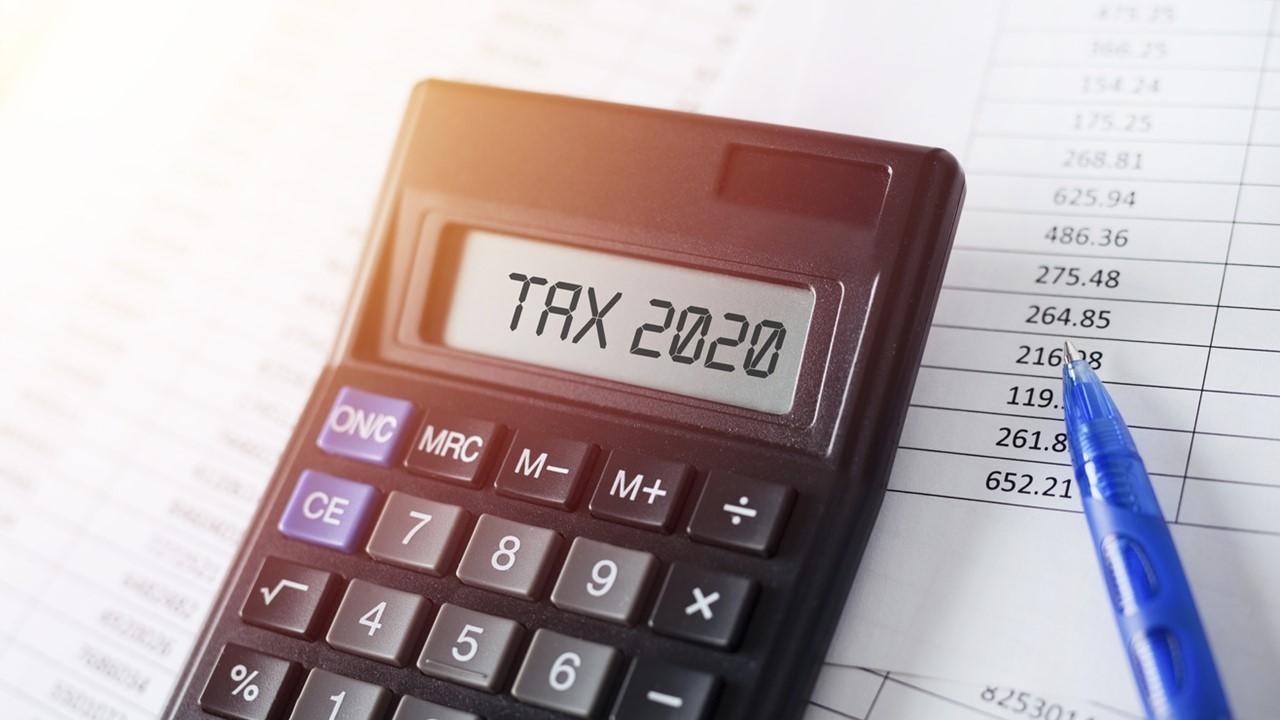What’s the Long-Term Capital Gains Tax Rate in 2020?
The long-term capital gains tax rate applies after one year of holding the asset. What’s the long-term capital gains tax rate in 2020?
Aug. 29 2020, Updated 6:50 a.m. ET

Capital gains are the gains that you make on the sale of any asset either movable or immovable. In most cases, short-term capital gains apply if you sell the asset within one year of buying. In this case, the gains are added to your income and taxed at your marginal tax rate. The long-term capital gains rate applies after one year of holding the asset. What’s the long-term capital gains tax rate in 2020? How's the rate different from 2019?
Before proceeding to the long-term capital gains tax rate in 2020, there are a few important concepts.
- Net capital gain: The IRS defines the net long-term capital gain as “long-term capital gains reduced by long-term capital losses including any unused long-term capital loss carried over from previous years.”
- FIFO (first in first out) versus LIFO (last in first out) stock trades: By default, your broker would sell your stocks on a FIFO basis. However, depending on your circumstances, you may direct your broker to apply LIFO on your stock trades. The classification would have an impact on your tax rate.
- Adjusted cost base: The adjusted cost base is the term used for arriving at the asset’s purchase price for tax purposes. In simple terms, it would include the buying price plus fees, commissions, and expenses towards any improvement in the asset.
IRS tax rate brackets for 2020 capital gains
The IRS has specified three brackets for the long-term capital gains tax rate. The brackets depend on your total income and your filing status. If you are a single filer, the long-term capital gains tax rate is 0 percent for income below $40,000, 15 percent for income between $40,001 and $441,450, and 20 percent for income above $441,450.
2020 long-term capital gains tax rate for married couples filing jointly
For married couples who file jointly, the long-term capital gains tax is 0 percent for income below $80,000. The rate is 15 percent for income between $80,001 and $496,600. The rate rises to 20 percent if the total taxable income exceeds $496,600

However, the brackets are different if you are married and file separately. The long-term capital gains tax rate for 2020 is 0 percent for income below $40,000, 15 percent for income between $40,001 and $248,300, and 20 percent for income above $248,300.
If you file as the head of a household, the long-term capital gains tax would be 0 percent for income below $53,600. The rate would rise to 15 percent for income between $53,601 and $469,050. For income above $469,050, the long-term capital gains tax rate would be 20 percent.
Capital gains tax rate 2019 and 2020
The long-term capital gains tax rates are the same in 2019 and 2020. However, the brackets are slightly different. In 2019, the long-term capital gains for single individuals were 0 percent for income below $39,375, 15 percent for income between $39,376 and $434,500, and 20 percent for income above $434,500
Long-term versus short-term capital gains tax rate 2020
The short-term capital gains get added to your income and are taxed accordingly. The current income tax rates for single individuals is 10 percent for income below $9,875. The rate rises progressively and the highest marginal tax rate right now is 37 percent.
